- 987654321
- info@hospital.com
- Hyderabad, India
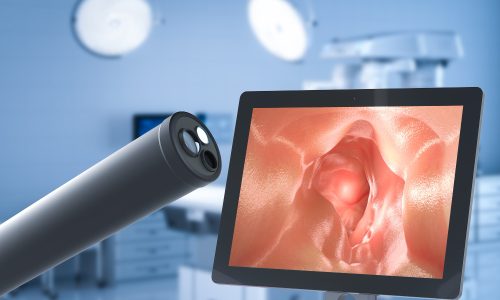
Endoscopy is a minimally invasive medical procedure used to examine the interior of organs or cavities within the body. It involves inserting a thin, flexible tube equipped with a light and camera through natural openings or small incisions. Endoscopy aids in diagnosing and treating conditions such as gastrointestinal disorders and allows for tissue sampling and therapeutic interventions.
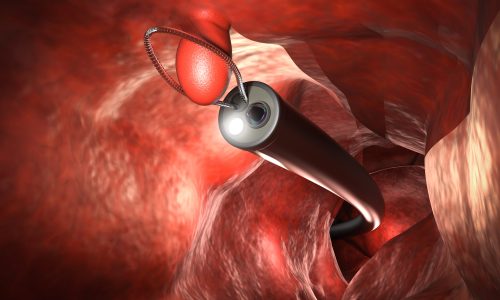
Colonoscopy is a procedure where a flexible tube with a camera examines the colon's lining through the rectum. It detects conditions like polyps, colorectal cancer, and inflammatory bowel disease, enabling removal of polyps and tissue biopsy. It's vital for early detection and prevention of colorectal diseases through regular screenings.
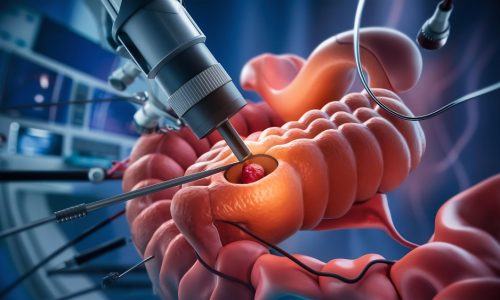
Sigmoidoscopy is a procedure that examines the lower part of the colon (sigmoid colon) and rectum using a flexible tube with a camera inserted through the anus. It helps detect abnormalities such as polyps, inflammation, and cancerous growths, facilitating early diagnosis and treatment of colorectal conditions within the lower portion of the colon.

Endoscopic Assisted Rhinoplasty (EAR) surgery involves using a small camera to navigate and perform nasal surgery through the nostrils, minimizing external incisions. It's used for nasal reshaping, correcting breathing issues, and enhancing aesthetic outcomes. EAR offers reduced recovery time and less visible scarring compared to traditional methods.
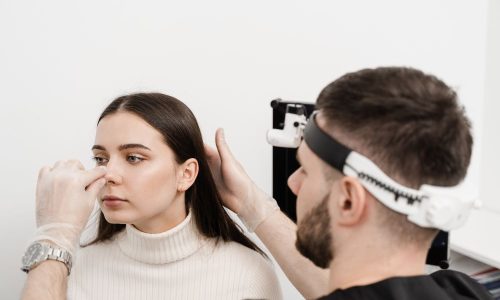
Sinus surgery treats chronic sinusitis and other sinus-related conditions by improving sinus drainage and reducing inflammation. Procedures range from endoscopic sinus surgery, which uses small cameras for precision, to balloon sinuplasty, a minimally invasive option. Surgery aims to alleviate symptoms like congestion, facial pain, and recurring infections, enhancing quality of life.
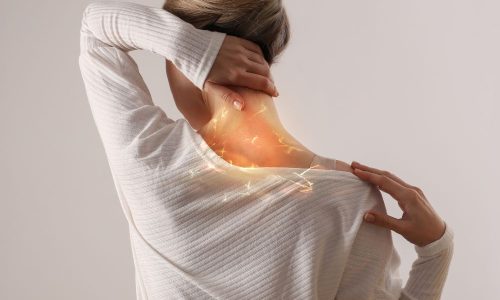
Head & Neck Oncology focuses on diagnosing and treating cancers affecting the head and neck regions, including the throat, mouth, nose, and salivary glands. Treatment may involve surgery, radiation, chemotherapy, or a combination, tailored to each patient's condition and aims to preserve function and improve quality of life.
Br part of a vibrant community of young changemakers driving sustainable impact locally and globally with TALYouth.